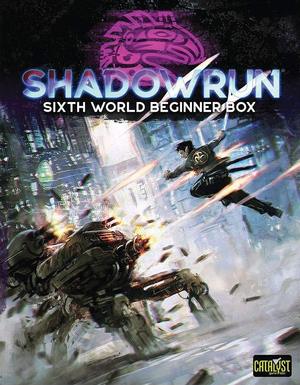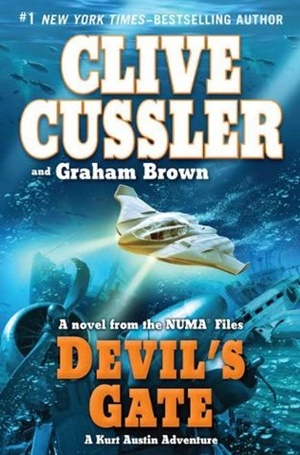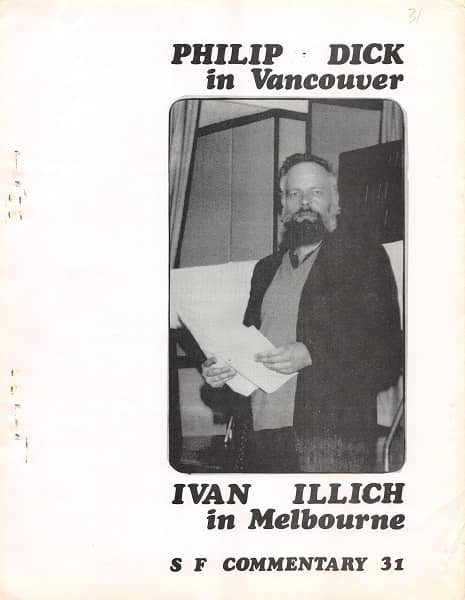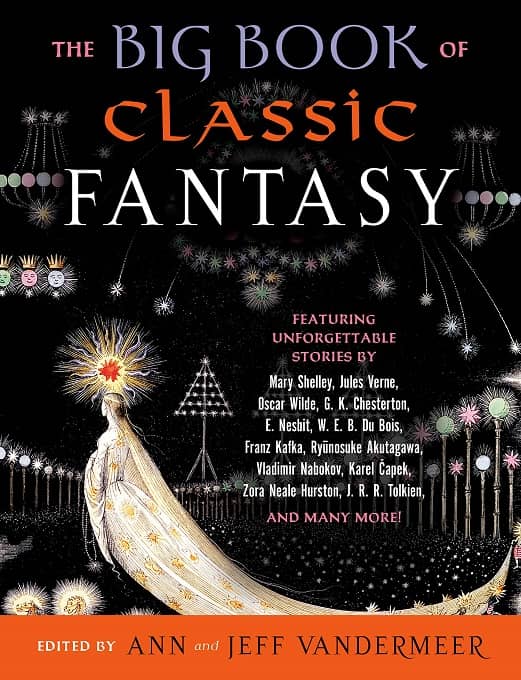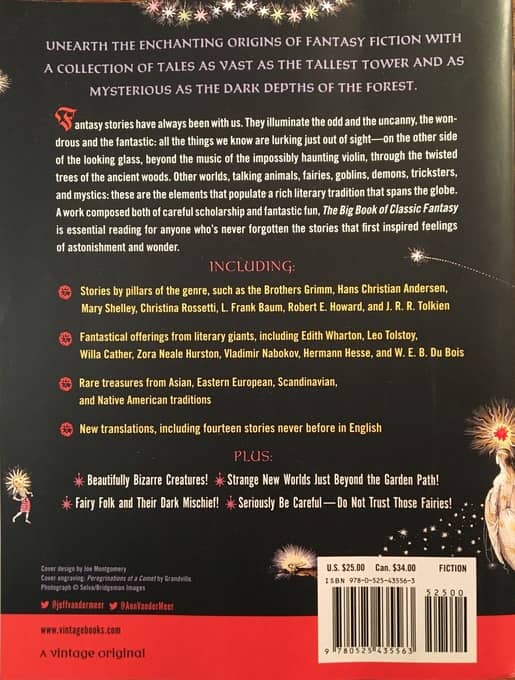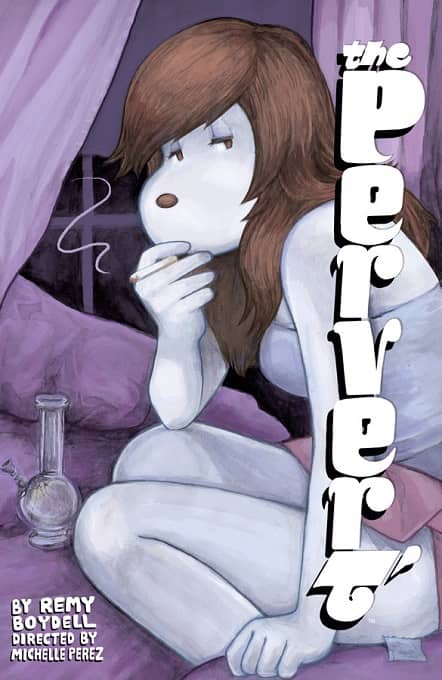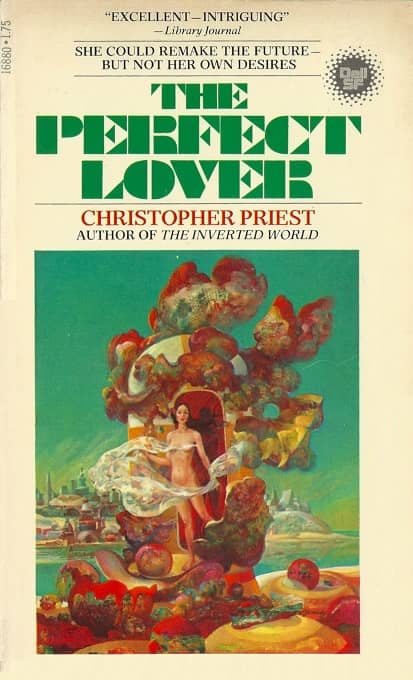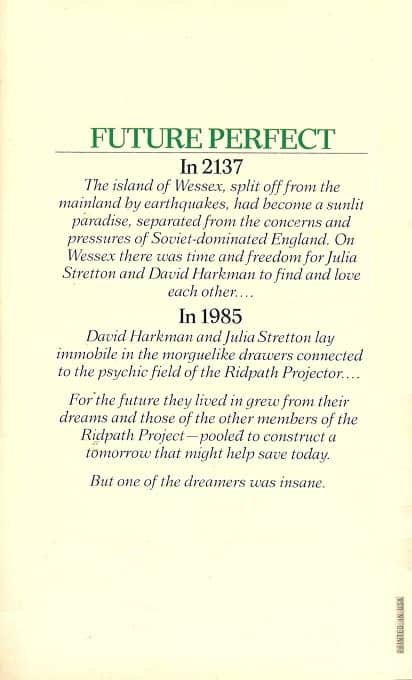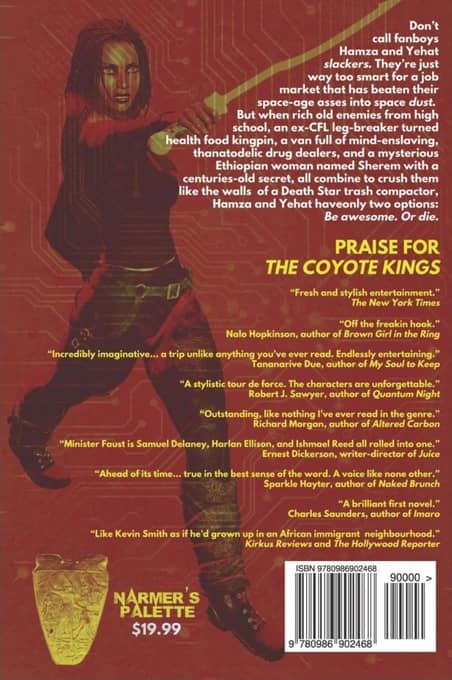An Uncomfortable Truth
Good morning, Readers!
A fair warning, I’m attempting to tackle a topic that is currently at the center of a great deal of controversy in the realm. Because speculative fiction is a realm. This is especially of issue in the YA community.
A further disclaimer: despite my struggles to get noticed in a marketplace flooded with writers, I am fully aware that as a white, cis-het woman, I have a lot of privilege in this field. That will unavoidably impact what I’m trying to say here a little. If you belong to a minority, feel free to correct me where I misstep. I am always looking to learn, and I never mean to offend.
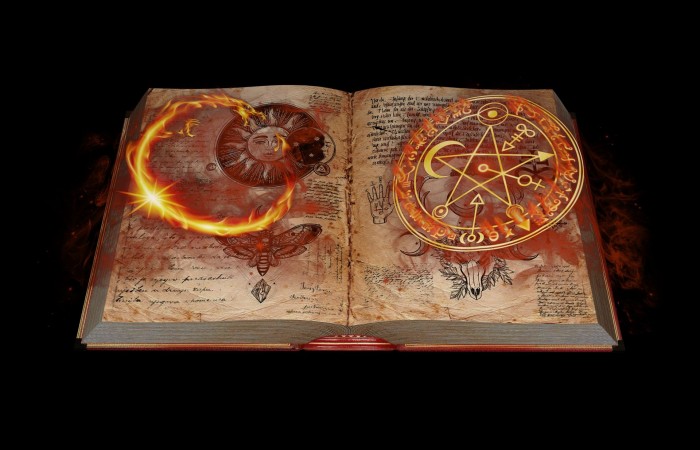
Literal magic.
Novels are incredible things. They are, frankly, magical. They are the conduits to adventure, to wonders unheard of. They are a means to explore truth via outlandish lies. They grapple with grief and loss, danger, and rage. Through the magic of books, we can face our greatest fears, from the safety of our comfiest nooks, and emerge triumphant. Novels, particularly the speculative, allow us to experience things we normally would be denied.
This includes the experiences of people we could never be.
As writers, it is our job to inhabit these lives that are not our own and bring them to life on the page. Oft times, these people are not folks that look, act or sound like us. They are people whose lives differ vastly from our own. Still, we write their experiences and pray that we are doing well. At risk of raising some fury, there is a limit to what we can do, and, I firmly believe, what we should do.

